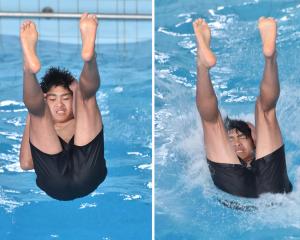A two-year University of Otago partnership has seen tiny tags developed by staff and students in the physics department, then trialled on birds such as kea and brown teal as part of zoology students's PhD studies.
The latest project to get under way is a study of how albatross forage at sea in relation to commercial fishing vessels and how much food they deliver to their young, by PhD student Junichi Sugishita.
From late November he will follow the albatross' movements with the help of the GPS tags during their breeding season of about 10 months at Taiaroa Head.
The research was made possible by the tags the physics department was developing, as inquiries to commercial tag producers suggested the smallest tag available to give the information he needed was 75gm, he said.
University of Otago Associate Professor Phillip Seddon said students had been trialling a 20gm GPS tag, attached to bird's backs by a harness, which downloaded its information over cell phone lines and would now trial the smaller version, which calculated its location in short bursts, needing less power, on the albatross.
Earlier trials with the brown teal and kea had shown the only failure of the tags was the packing they were in, so the physics department was working on tougher casing.
"They need to be waterproof and duck proof - they've smashed them against rocks, they've been shredded.
The new technology had opened up the possibilities for research as in the past it had either not been possible, or required huge amounts of field work to do, Prof Seddon said.













